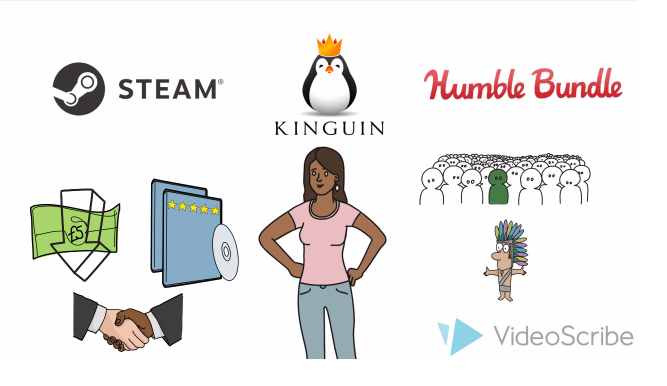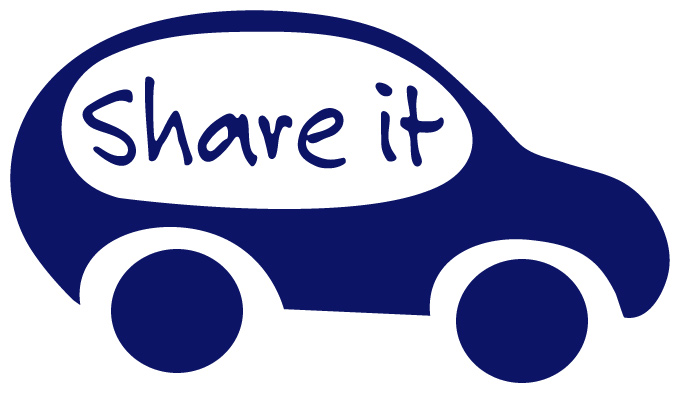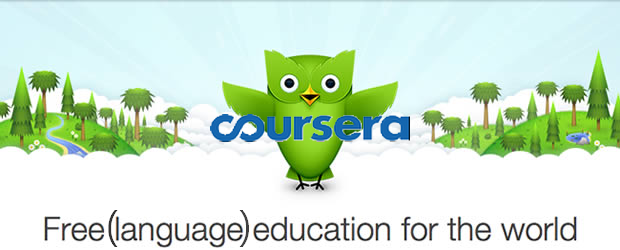This week we focussed on Industry Disruption, specifically in the field of PC gaming. To demonstrate the shift from buying your games in brick-and-mortar stores to online platforms we made a short video.
New business model
Thanks to the rise of internet, the purchase of videogames has largely shifted from offline to online. From 2009 to 2012 the physical distribution of video games decreased at an annual rate of 13.1%, while digital distribution grew at 12.6% over the same time period worldwide. This industry disruption was led by several new companies, one of them called Steam.
To buy a video game you download the Steam software onto your computer and create an account. This enables you access to the platform where gamers and developers interact with each other. The moment you buy a game Steam receives 30% of your purchase.
The loooong-tail of Steam
The long-tail theorem allows us to understand why Steam has become so popular. Its digital nature allows Steam to take advantage of the long tail strategy, by providing not only block buster games but also less popular games from unknown developers. These so-called “indie developers” are the ones providing the majority of games.
Indie developers helped Steam benefit from another theorem, the newly vulnerable market. By allowing indie developers and corporations to equally compete in its platform, Steam transformed video-game selling dynamics. Lowering entry barriers, the standards of videogame production have risen.
Security problems
However, it is not all roses. Steam is facing privacy and security issues. Steam has tried to reduce the risk of account theft by releasing Steam Guard, an additional security measure in the form of a mobile authenticator.
The competition
There are other companies trying to attack this new market or trying to protect their previously strong presence. This latter group are not succeeding because they are holding on to their traditional business model and only selling their own games. This includes big, well-known publishers such as EA and Ubisoft.
Kinguin
Kinguin is a marketplace where buyers and sellers meet to trade their game keys. Like Steam, Kinguin takes a certain percentage of these sales. But there is already a lot of discussion considering the ethics as not all of the revenue goes to the developers.
Humble Bundle
Humble Bundles’ business model is based on a pay-what-you-want system. It provides bundles of games, while helping you on making an educated decision on how much you should pay. Also, the gamer can allocate how much money goes to the publisher, charity and Humble Bundle itself. On the downside Humble Bundle does not provide a community feature or an active gameplay platform. Hence, gamers usually return to Steam.
The game player is largely benefited by using online digital game sellers. Lower costs, a larger selection, a strong community, improved gameplay, a user-to-user marketplace and goodwill from directly helping indie developers and charities. Its save to say that we’re experiencing a total industry disruption and the end of an era of brick-and-mortar PC game retailers.
1http://store.steampowered.com/






